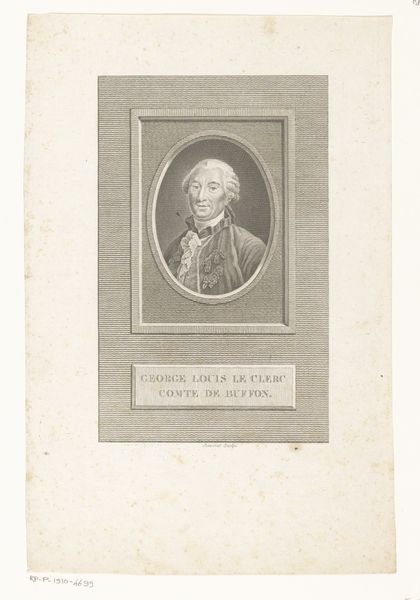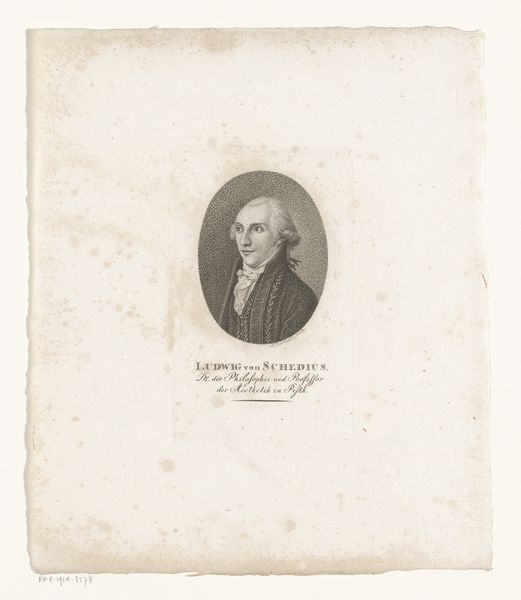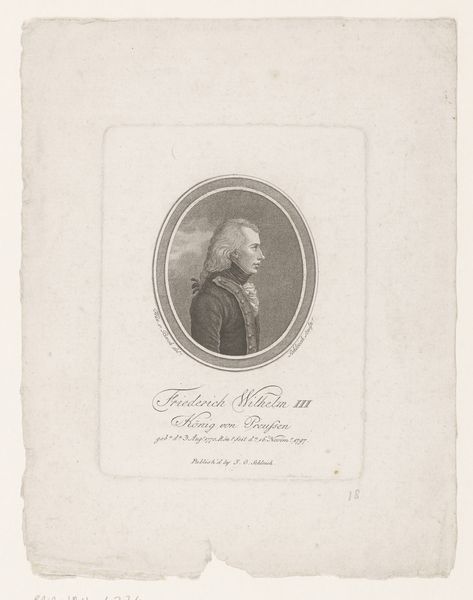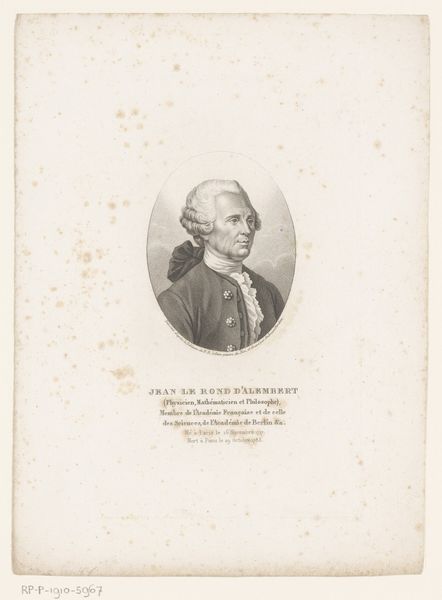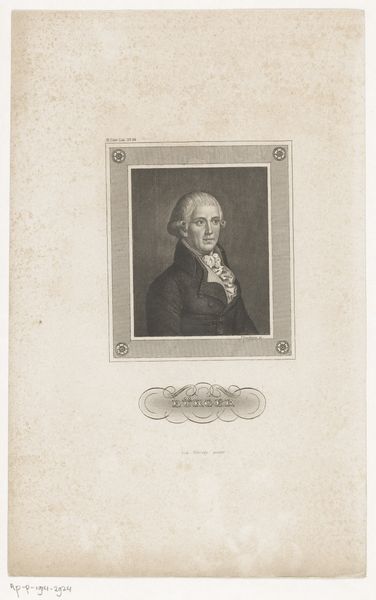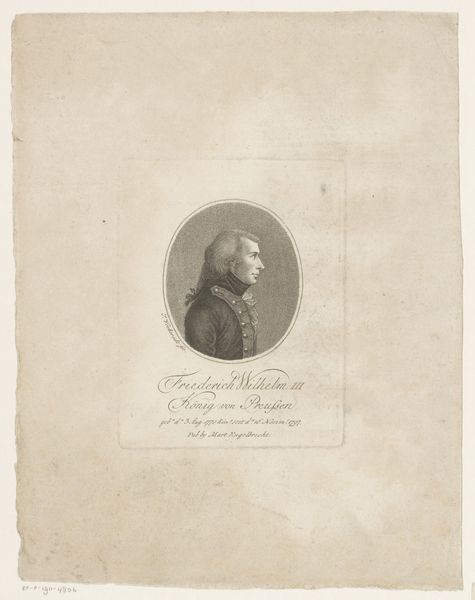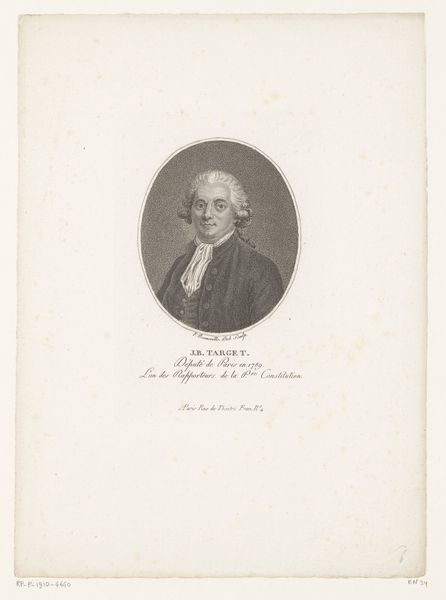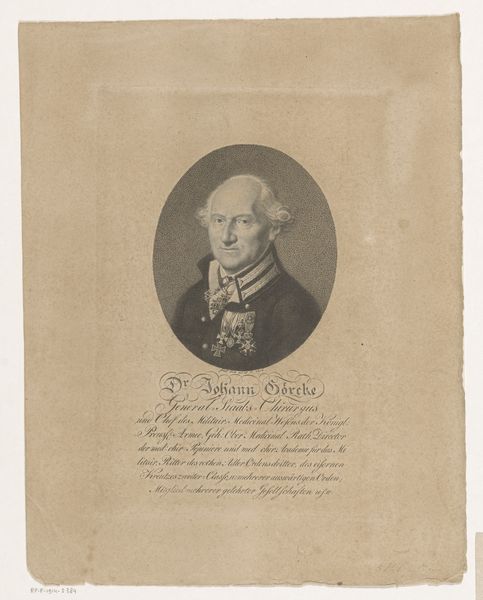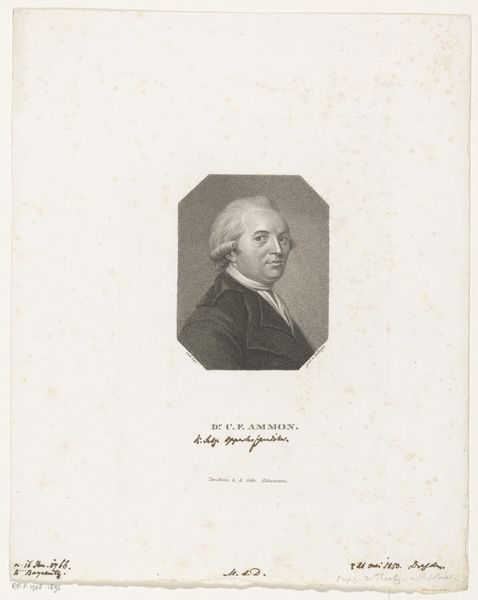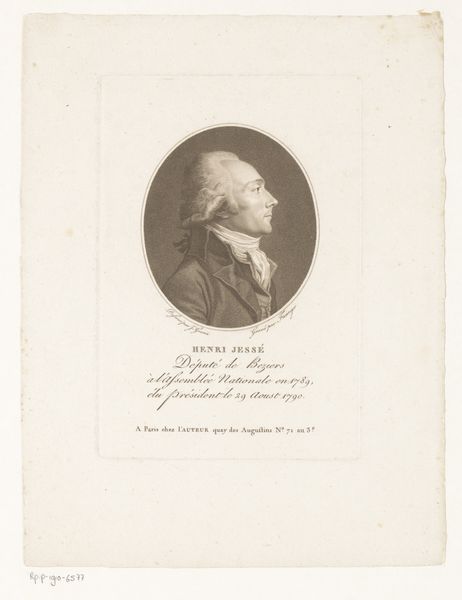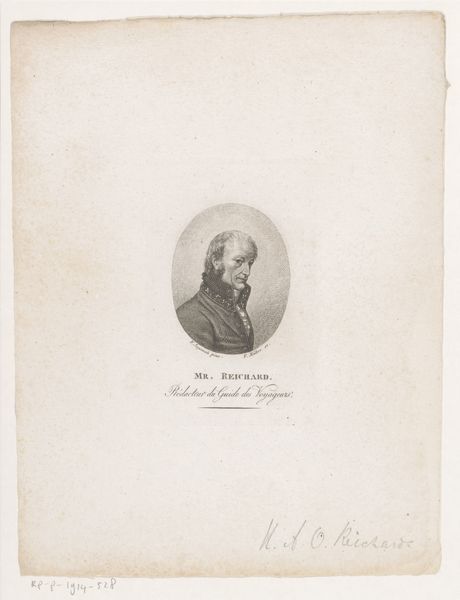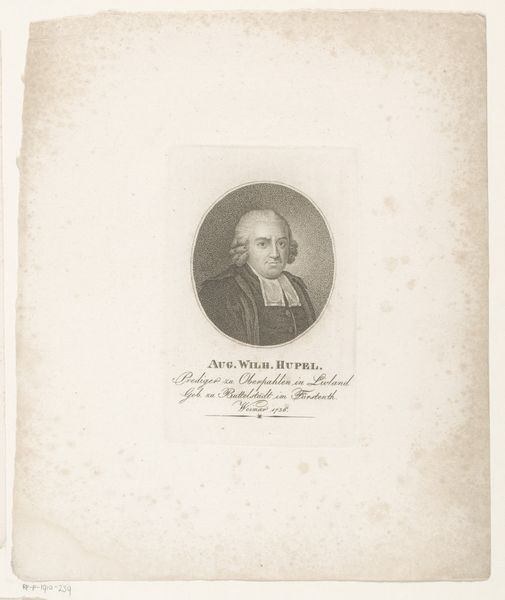
paper, engraving
#
portrait
#
neoclassicism
#
paper
#
history-painting
#
engraving
Dimensions: height 170 mm, width 126 mm
Copyright: Rijks Museum: Open Domain
Curator: This is a print from 1785, Caroline Watson’s "Portret van Robert Boyd," an engraving on paper. Editor: There's a striking severity to his expression; very direct. The limited tonal range creates this very somber mood. Curator: Indeed. Engraving, as a reproductive medium, speaks directly to the dissemination of power and status. This portrait, published and distributed, helps construct Boyd's image as Lieutenant Governor of Gibraltar within the broader political landscape of the time. Editor: Precisely. Think about the labour involved. The act of engraving – cutting into a metal plate – demanded specialized artisanal skill and a deep understanding of the materials involved, influencing the final aesthetic, its stark clarity, as well as its social context and affordability. And the material itself is crucial: paper allowed for widespread distribution of his likeness. Curator: It’s interesting to consider the institution behind this kind of image production as well. Printmaking workshops operated almost as factories. They required investments in equipment and distributed labor across various craftsmen, which facilitated image proliferation as promotional, and indeed propaganda, material for those in positions of power. Editor: The very neatness of the engraved lines, the controlled cross-hatching for shading – it reflects the values of the Neoclassical period but also resonates with this particular image's practical functions of displaying and upholding authority. Curator: It's all part of shaping a public image, embedding certain political associations for Lieutenant Governor Boyd as well as making available examples of exemplary conduct, power and representation. Editor: Looking closely at Watson's technique makes me think of how traditional skills can become essential forms of both cultural documentation, but also political engineering, in eighteenth century society. Curator: And for me, examining this work as an image firmly placed within an important period in British history reminds us of how artwork impacts our awareness of past political figures.
Comments
No comments
Be the first to comment and join the conversation on the ultimate creative platform.
